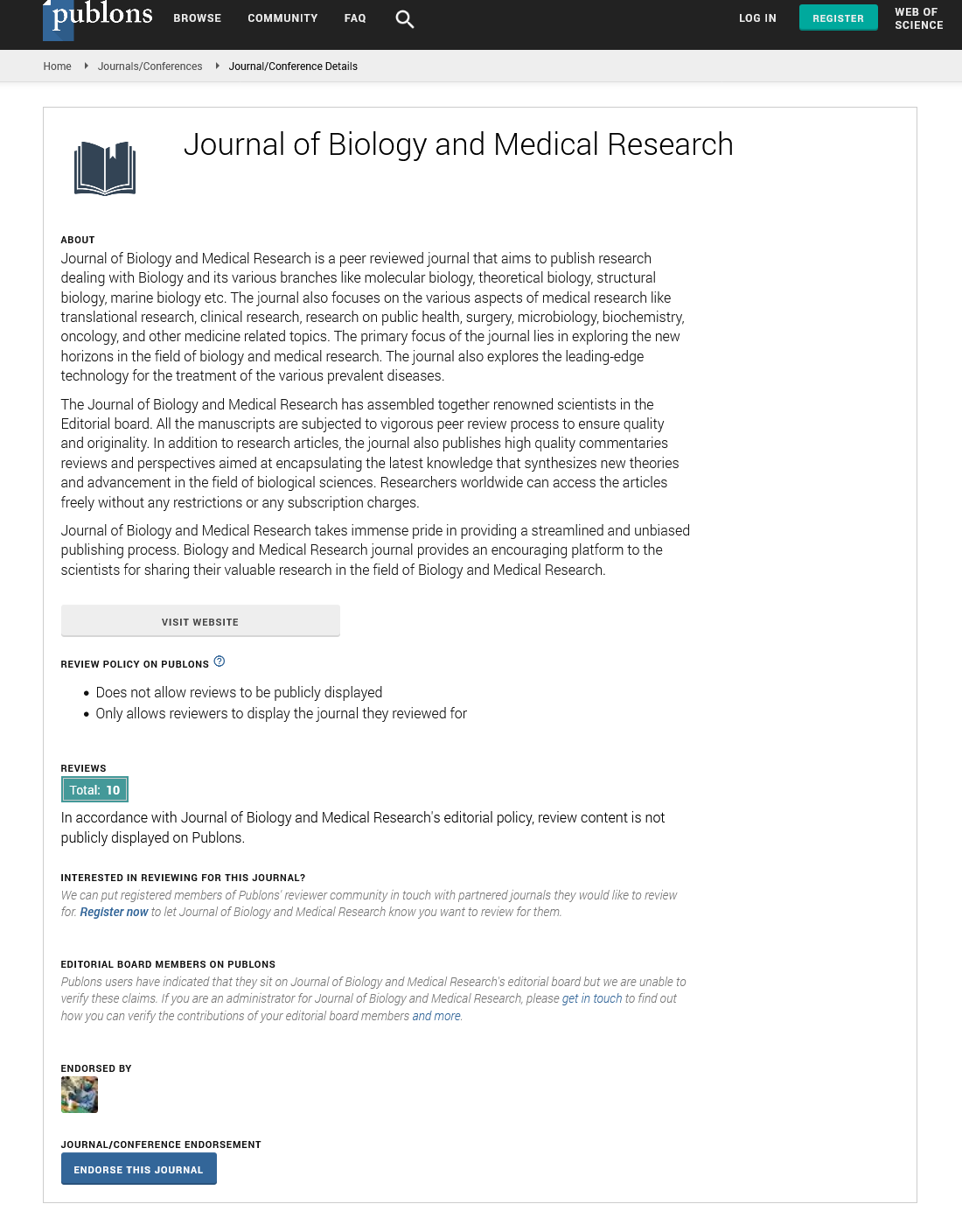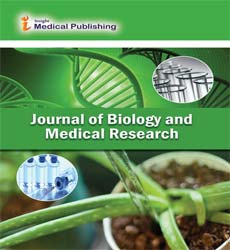Abstract
Clostridium perfringens Induced Autism Disorders Counter Act by Using Natural Bee Pollen in vitro
Background: Autism is usually accompanied by many symptoms such as abdominal pain, constipation/diarrhea, due to deregulation of physiological microflora. Recently, regression of the autistic symptoms after oral administration of antibiotic such as vancomycin was detected, that leads to the disappearance of the symptoms and eliminate toxins produced by bacteria such as Clostridium spp.
Methods: In the present study we are identified the chemical compositions of non-polar fractions (PGp and PGc) from natural bee pollen by using GC/MS against AD induced by Clostridium perfringens in vitro.
Results: 23 and 14 chemical components representing 84.07% and 92.92% for PGp and PGc respectively by GC/MS. Total phenolic and proanthocyanidine contents were determined in both PGc and PGe fractions by Folin -Ciocalteau and vanillin-sulfuric acid assays respectively and expressed in term of quercetin equivalent (y=1.6463x + 132.6, R2=0.9972) as mg QUE/g fraction or gallic acid equivalent (y=0.0019x + 0.137, R2=0.9988) as mg GAE/g fraction and as (+) - catechin equivalent (% CT w/w) in bee pollen (y=0.0013x + 0.3998, R2=0.9997).
Conclusion: The results of the present study revealed the capacity of natural bee pollen to enhance the recovery from AD induced by C. perfringens in vitro. This is due to the diversity of different chain of fatty acids as well as phenolic/ proanthocyanidin compounds that found in bee pollen fractions.
Author(s): Hanan M Al-Yousef, Manal M Alkhulaifi, Huda S Al-Salem and Syed Rizwan Ahamad
Abstract | Full-Text | PDF
Share This Article
Google Scholar citation report
Citations : 80
Journal of Biology and Medical Research received 80 citations as per Google Scholar report
Journal of Biology and Medical Research peer review process verified at publons
Abstracted/Indexed in
- Google Scholar
- Publons
Open Access Journals
- Aquaculture & Veterinary Science
- Chemistry & Chemical Sciences
- Clinical Sciences
- Engineering
- General Science
- Genetics & Molecular Biology
- Health Care & Nursing
- Immunology & Microbiology
- Materials Science
- Mathematics & Physics
- Medical Sciences
- Neurology & Psychiatry
- Oncology & Cancer Science
- Pharmaceutical Sciences


